Remnant II is brimming with potential but never quite hits those lofty heights for which its gunning.
Remnant II review
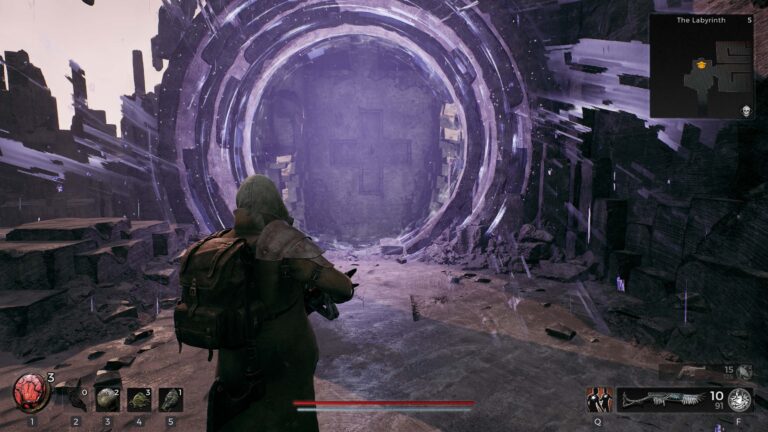
The original Remnant: From the Ashes was a surprise that came out of nowhere in late 2019. I recall intending on taking it for a co-op spin with a buddy, then around a dozen hours later we’d beaten the game. Remnant boasted an incredibly addictive gameplay loop, albeit with some lacklustre storytelling and at least one truly terrible boss battle.
Fast-forward to more recent times and Remnant II is following a similar path. Basically everything I said about its predecessor is true of the sequel: great gameplay, not-so-great storytelling and some not-so-flash boss battles. Remnant II is bigger in scope, though, and feels more geared towards solo play than co-op.
Admittedly, it took me a while to realise that, especially after my first few hours with the game were played in co-op, which is absolutely a great way to play. The thing is, you have to be okay with your story progress not carrying over, which feels disappointing in the wake of Diablo IV’s handling of drop-in, drop-out co-op. In fairness, Gunfire Games doesn’t exactly have Blizzard money to play with but my co-op experiences with the original game were what had me so pumped for Remnant II.
That said, Remnant II is still very, very playable in single-player, which is where I spent the bulk of my 17 hours. There are elements of randomisation across experiences, too, which makes for those cool ad hoc ‘multiplayer’ moments where you discuss the differences in your game experiences with mates. Gunfire Games does a great job of walking that fine line between number-spewing bullet sponges and actual lethality of weapons and abilities.
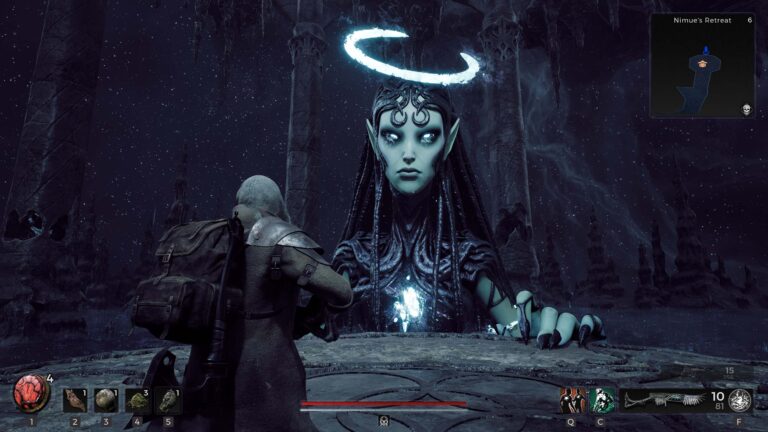
While mini-bosses and full-fledged bosses can take a pounding, peons are easy enough to put in their place with the right upgraded weapons. There is a melee system, too, but it’s more bare bolts than engaging, plus there’s enough variety in long-ranged weapon types to make things interest.
Whether I was dipping in for half an hour or hours-long sessions, Remnant II frequently offered reasons to keep coming back for more. Well, when it wasn’t crashing. It doesn’t take too much googling to find threads dedicated to the stability issues of Remnant II, particularly at launch. I was one of those people, and it’s frustrating how unstable Unreal Engine games have been of late.
It’s a constant level of background annoyance that’s amplified by the more annoying parts of Remnant II. The storytelling feels relegated to longwinded monologues, occasional cutscenes and, otherwise, a whole lot of reading.
Some people love that From-type approach to hidden storytelling, but I would’ve appreciated something more traditional. After all, the world-building of Remnant II is interesting enough even if it gets lost in characters waxing lyrical about magical jargon that never really feels natural. There’s also the reality that Remnant II only half teaches you its gameplay systems, and the more egregious instances of thinly veiled grind.
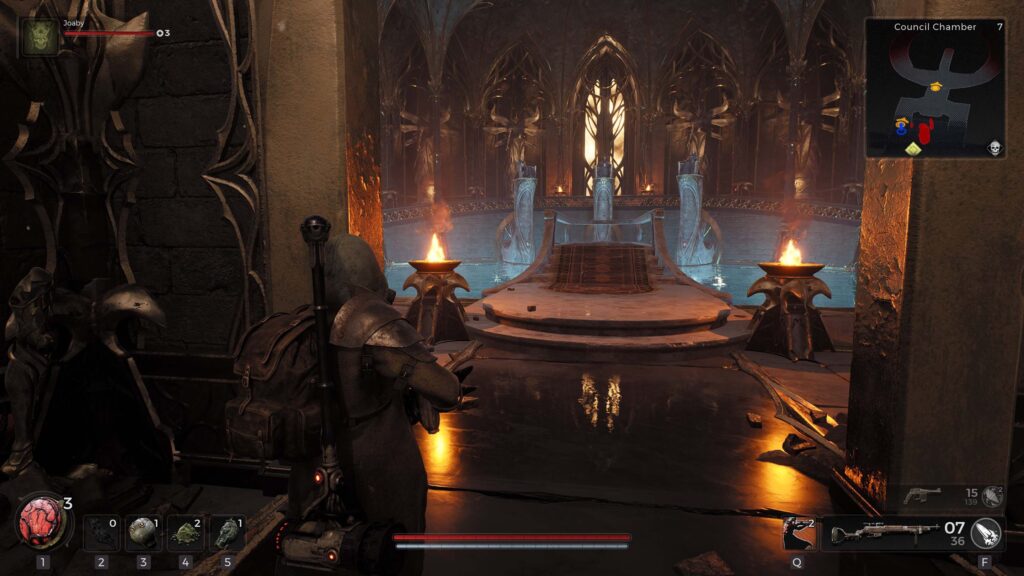
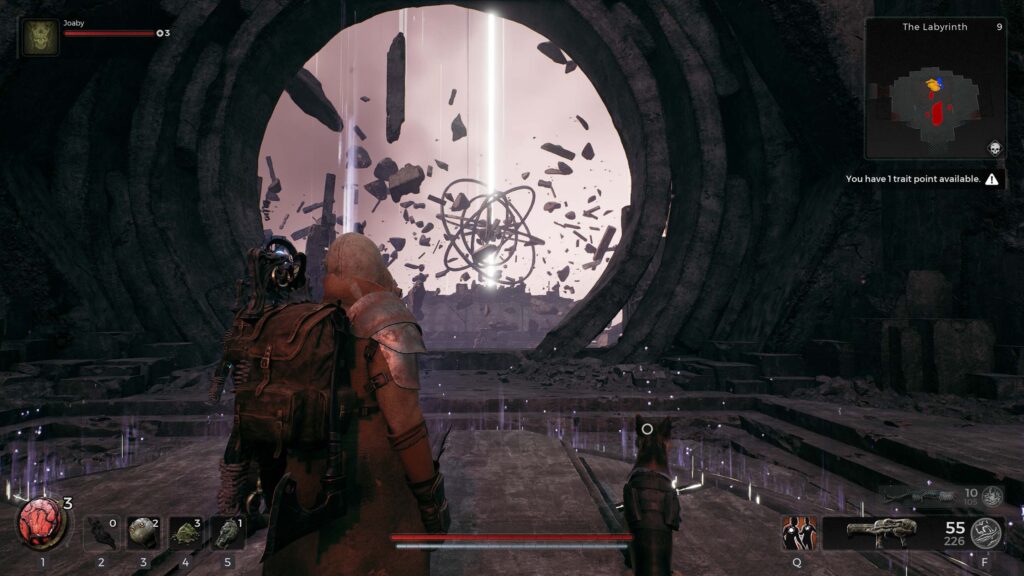
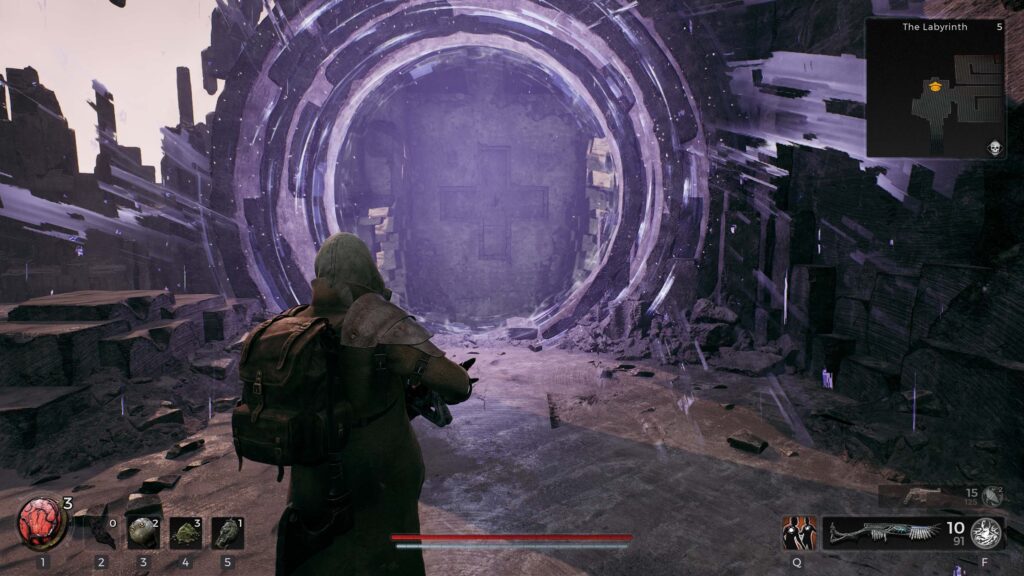
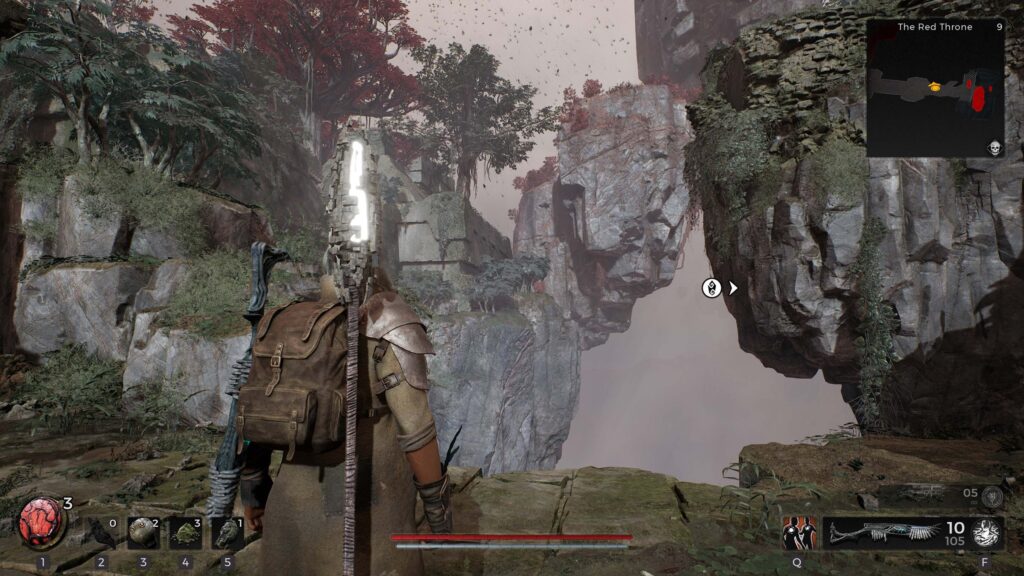
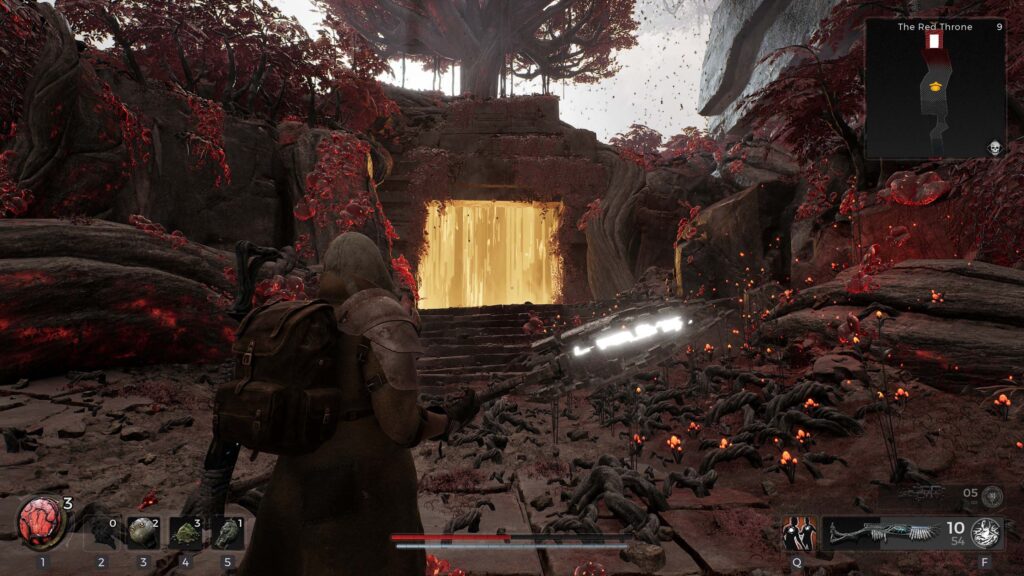
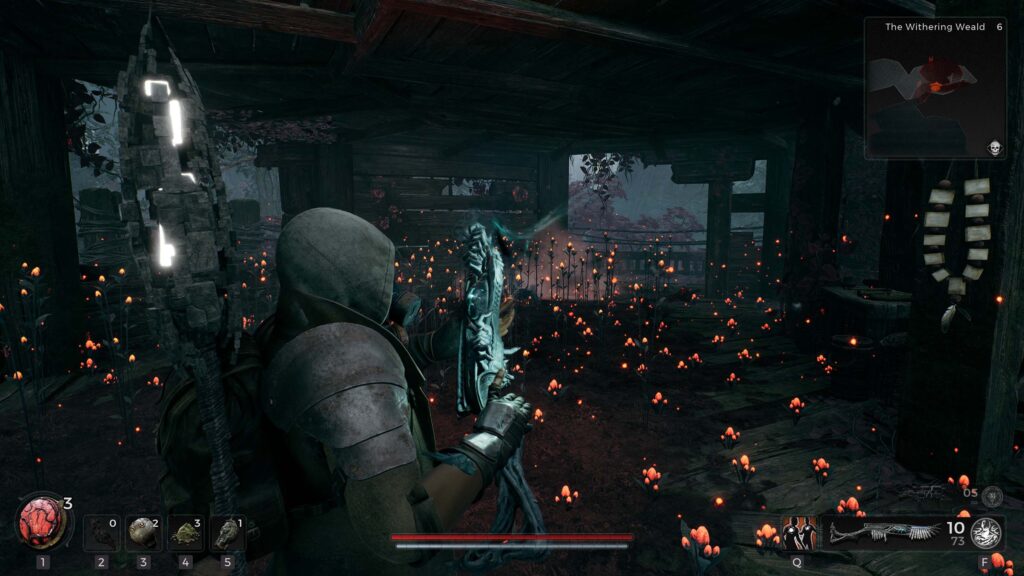
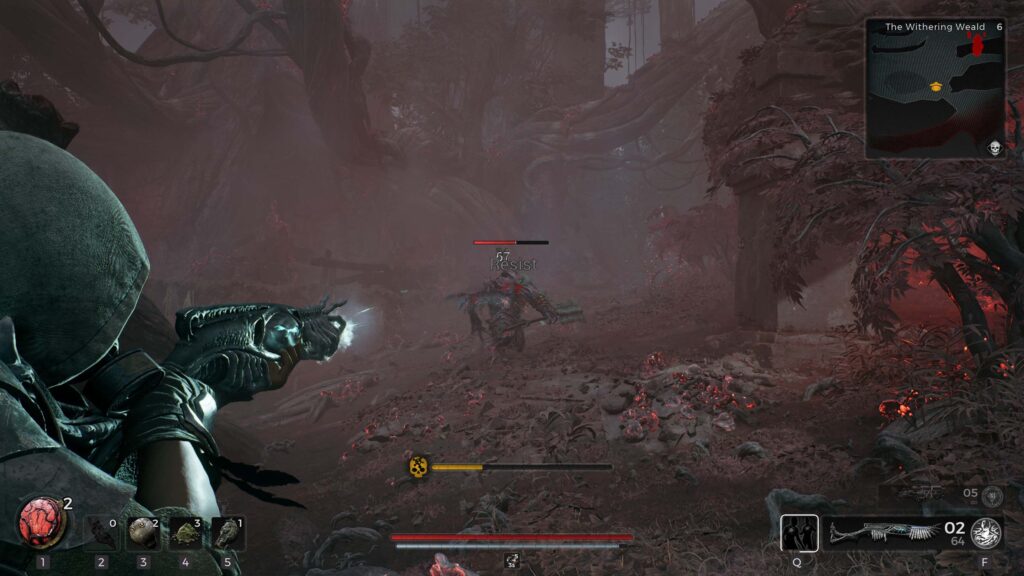
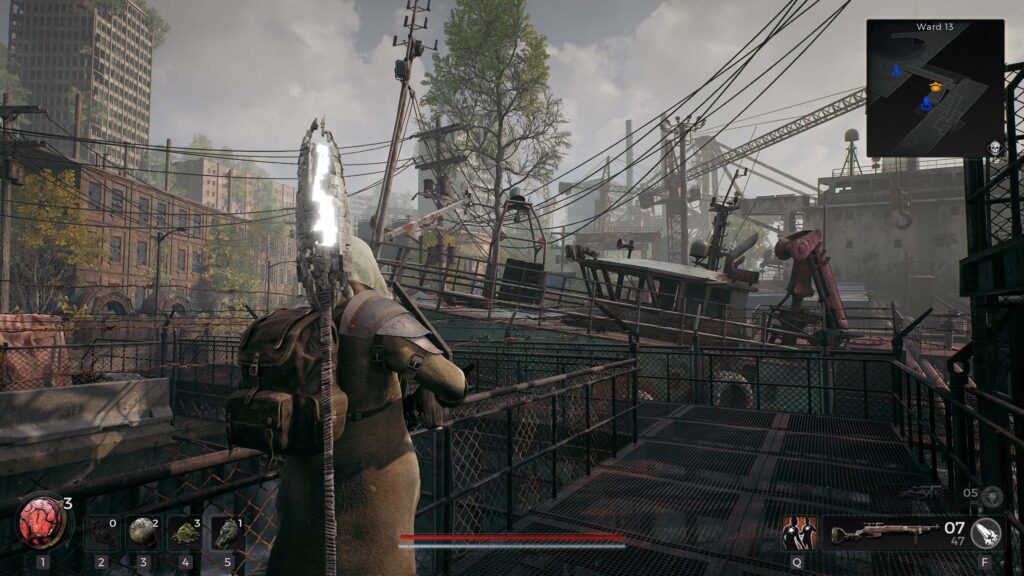
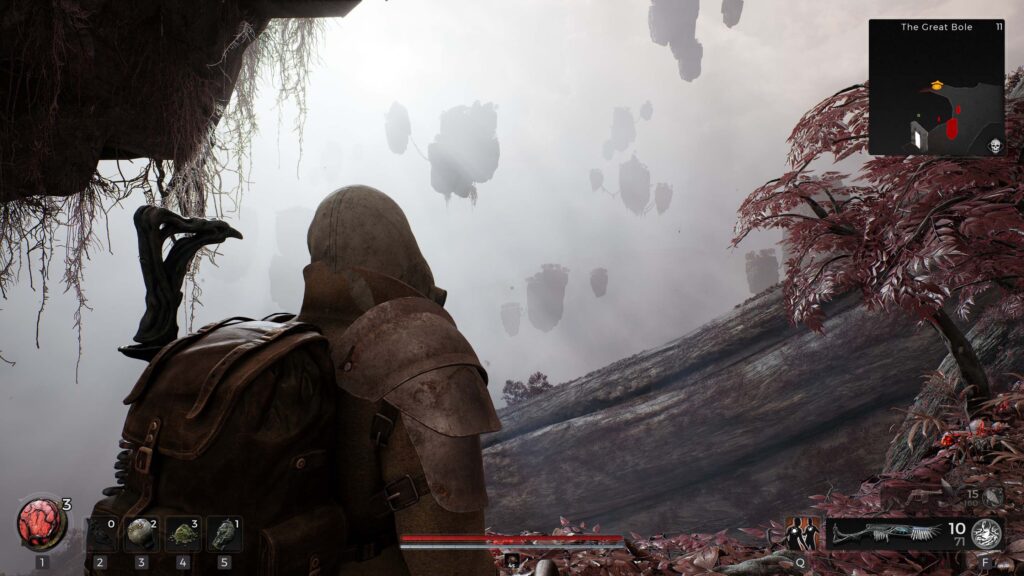
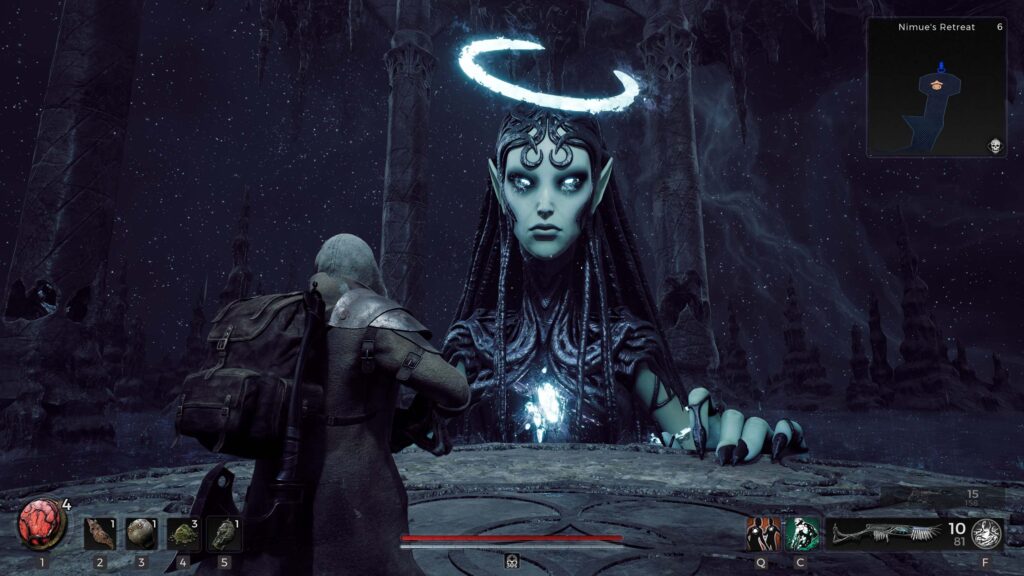

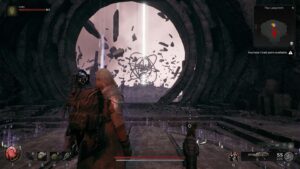
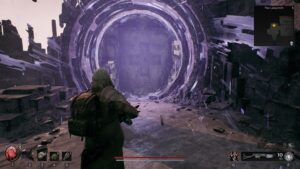
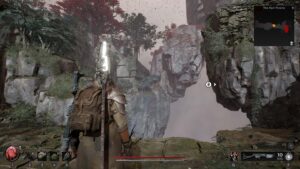
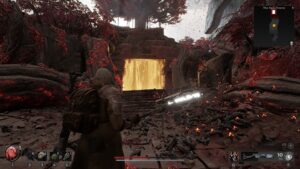
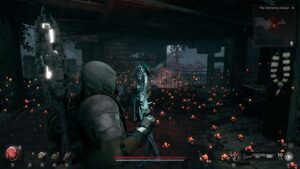
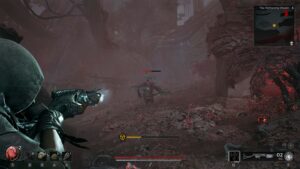
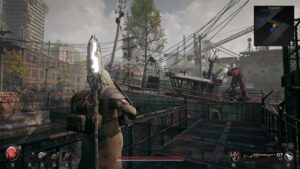


At a certain point in the campaign, you’ll unlock Adventure Mode, which lets you revisit areas to effectively grind for more consumables, traits and equipment. When the main pathway becomes less obvious, some of the areas in my campaign started to feel emptier, and I hit a wall in one area that heavily implied I needed to play in co-op to access everything.
Remnant II has some of the best boss battles I’ve encountered in recent memory, most notably a maze battle that rewarded a cool head, pattern recognition and accurate shooting. At the other extreme, one of my red-bar boss battles was against a giant tree that didn’t put up any real fight at all. Another boss battle I beat on my first attempt, which was laughably easy and not at all the norm with the better-crafted epic showdowns.
Ultimately, I liked most of my time with Remnant II. While I respect Gunfire’s push to make each player’s experience feel unique, that randomisation comes at the cost of a truly tailored experience. When Remnant II is firing on all cylinders, it’s an additive gameplay experience. But when it misfires, the technical issues, bland storytelling and other less-than-stellar elements loom larger than they otherwise would.
Related Articles






